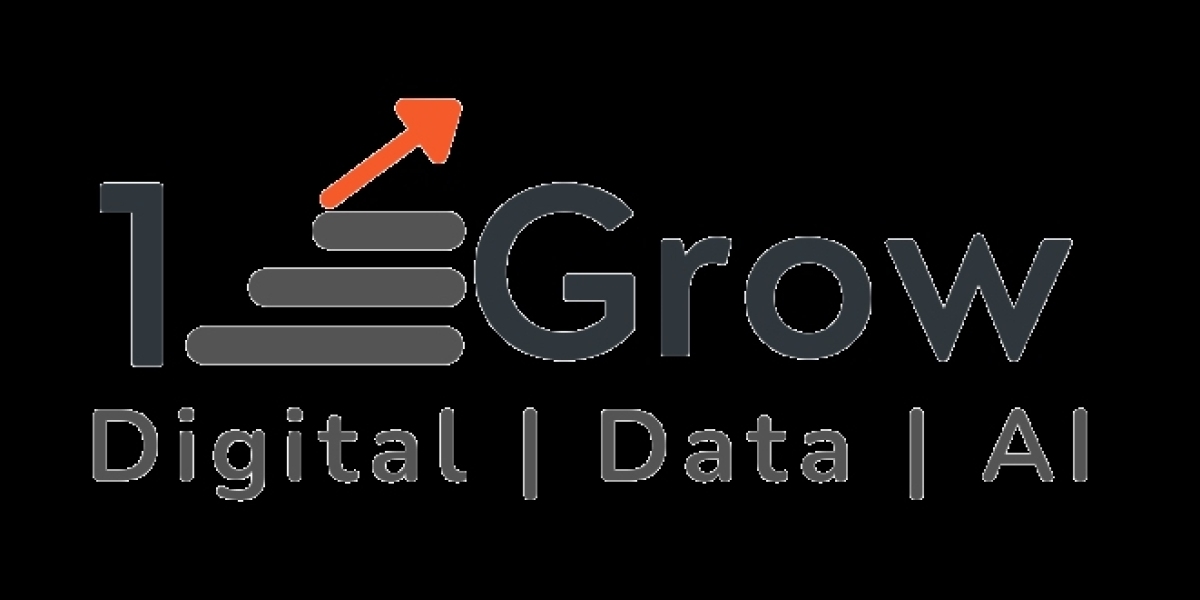The Power of Data Storytelling:
Data storytelling is the art of translating complex data into a compelling narrative that is easily understandable by non-technical stakeholders. It is not just about presenting numbers and charts; rather, it involves weaving a narrative that connects with the audience on a human level. The power of data storytelling lies in its ability to make data more accessible, relatable, and actionable.
- Know Your Audience:
The first step in mastering data storytelling is understanding your audience. Tailoring your narrative to the needs and interests of your audience ensures that your message resonates. Whether you are presenting to executives, clients, or colleagues, consider their level of technical expertise, interests, and priorities. This will enable you to frame your story in a way that is relevant and engaging for them.
- Craft a Compelling Narrative:
Every great data story has a clear and compelling narrative. Start by defining the purpose of your story – what insight or decision do you want to convey? Structure your narrative with a beginning, middle, and end. Introduce the context and background, present the data-driven insights, and conclude with actionable recommendations. This structure helps guide your audience through the data journey, making it easier for them to grasp and remember the key points.
- Visualize Data Effectively:
Visualizations play a crucial role in data storytelling. Choose the right type of charts and graphs that effectively communicate your message. Avoid clutter and unnecessary details, focusing on presenting the most relevant information. Use color, size, and other visual elements strategically to highlight key insights. A well-crafted visualization not only enhances understanding but also makes the data more memorable.
- Keep It Simple:
Simplicity is key in data storytelling. Avoid jargon and technical language that might alienate your audience. Use plain language and focus on conveying the main message without overwhelming the audience with unnecessary details. A simple and straightforward story is more likely to be understood and retained.
- Practice Iteration and Feedback:
Data storytelling is an iterative process. Practice delivering your story and seek feedback from peers or mentors. Refine your narrative based on the feedback received, making sure it aligns with the audience's needs and expectations. Continuous improvement is essential in honing your data storytelling skills.
Conclusion:
In the dynamic field of data science, the ability to tell a compelling story with data is a skill that sets apart successful practitioners. Mastering the core skillset of data storytelling not only enhances your effectiveness as a communicator but also ensures that your data-driven insights lead to informed decisions and actions. Consider enrolling in the Advance Data Science and AI course offered by 1stepGrow. The program offers an immersive learning experience with hands-on projects and industry-recognized certifications. By understanding your audience, crafting a compelling narrative, visualizing data effectively, keeping it simple, and embracing feedback, you can elevate your data storytelling skills and make a meaningful impact in the world of data science.









